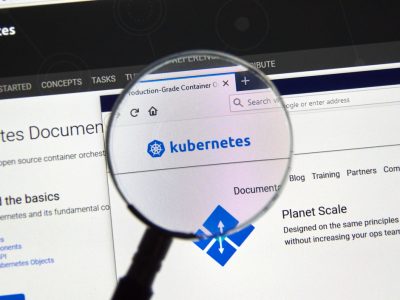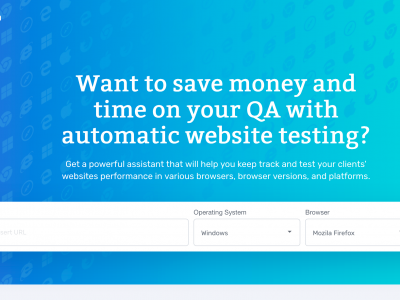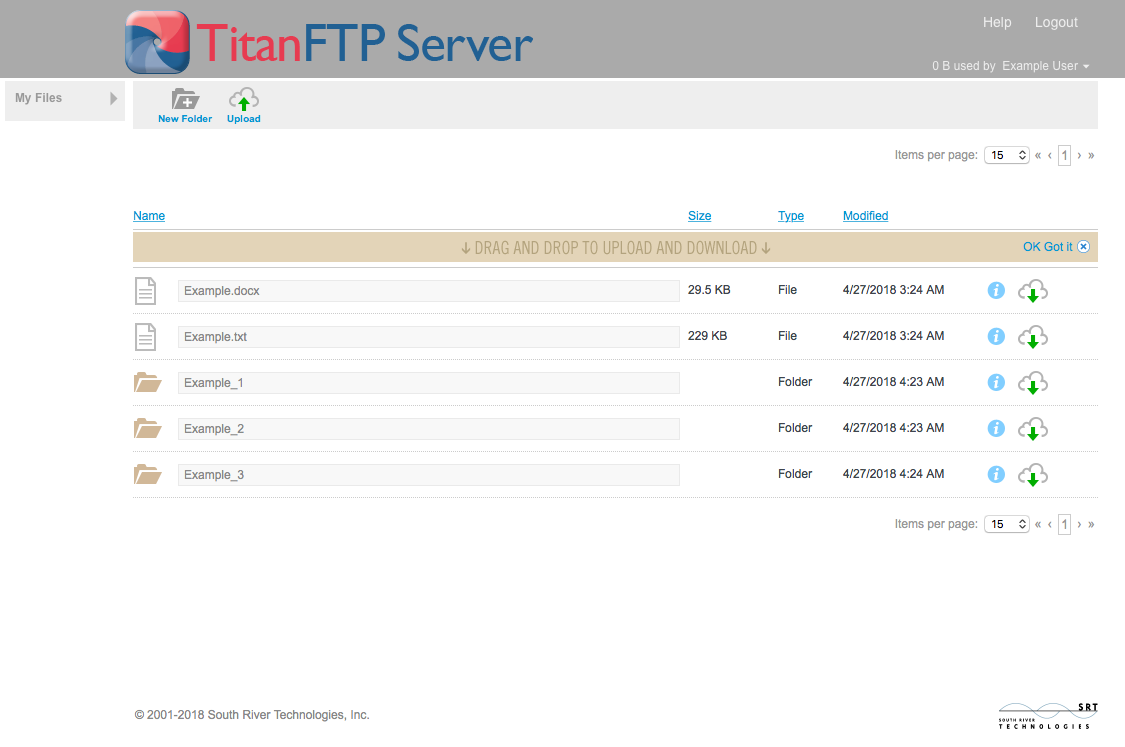
In its current form, cloud computing has been around for a few years now, yet many are still confused by the terminology used to describe the various types of clouds. This has not been helped by private software and hardware vendors inventing terms to attempt to appeal to corporate IT departments everywhere. As they saw cloud computing taking off, they attempted to exploit fears as to its security by offering solutions that really don’t have anything to do with the cloud except for a made-up name. Here, we’ll attempt to cut through the noise and give a basic primer as to the types of clouds and their potential uses.
Public Cloud
When most people speak of cloud computing, this is what they mean. A public cloud is formed when a provider, someone like Amazon, Google or a smaller company, makes computing resources, such as processing power, memory or storage, publicly available over the internet. In a public cloud environment, the user pays no bandwidth or hardware costs and setup is usually quick and easy. Although the user does not pay these costs, they usually do pay for the resources they use. Think of it like paying for only the amount of electricity you use or the amount of minutes you use per month on your cell phone. Some providers also charge a subscription fee as well. If you need more resources, the cloud can instantly provide them. There’s no need to install additional hardware or software.
Public clouds typically run on open-source software to facilitate the movement of such vast amounts of data. However, as an increasing number of software companies, such as Microsoft and Oracle, have attempted to enter the cloud computing arena, they have started to provide cloud infrastructures that utilize proprietary software. This has been a sticking point with cloud computing purists, who don’t regard public clouds running proprietary software as truly public.
From its inception, the major vulnerability of the public cloud has been security. Once your data enters the cloud, it can circulate through dozens, hundreds or even thousands of systems. This is truly frightening for anyone running applications that involve highly secure data such as financial information or corporate intelligence. And this, more than anything else, is what brought on the other types of cloud computing that are in use today.
The Private Cloud
The term “private cloud” started being bandied about when hardware and software companies were looking for ways to jump on the cloud computing bandwagon while maintaining usage of their existing systems. Knowing that IT departments were nervous about using public clouds due to security reasons, these companies hit upon the term “private cloud” as a buzzword to describe a computing infrastructure privately held by a corporation that had capabilities similar to a cloud but was completely internal and thus more secure.
Cloud computing enthusiasts point out that private clouds consist of privately held devices, such as storage arrays and servers, which needed to be built and configured by the organization. This mitigates most of the benefits of cloud computing. However, companies can use virtualization to simulate some of the resource allocation features of the cloud and thus save on costs. In general, a private cloud is not really a cloud at all but simply a farm of internal resources that can be used only by the organization in which they are installed.
The Hybrid Cloud
The hybrid cloud is the happy medium of cloud computing. If an organization has varying needs regarding computational resources and also has both sensitive and non-sensitive applications, it can use a hybrid cloud to get the best of both worlds. In most cases, the database servers, which generally contain sensitive information, are kept on a private cloud, and a public cloud is used for everything else. This solves the security problems of public clouds and lets an organization take advantage of all that public cloud has to offer when it comes to general computing resources.
As cloud computing is refined, the public cloud will become increasingly secure, allowing corporations to gradually transition their services to the more cost-effective alternative. Until then, however, hybrid clouds are likely to be the most common form of corporate cloud computing.










Comments